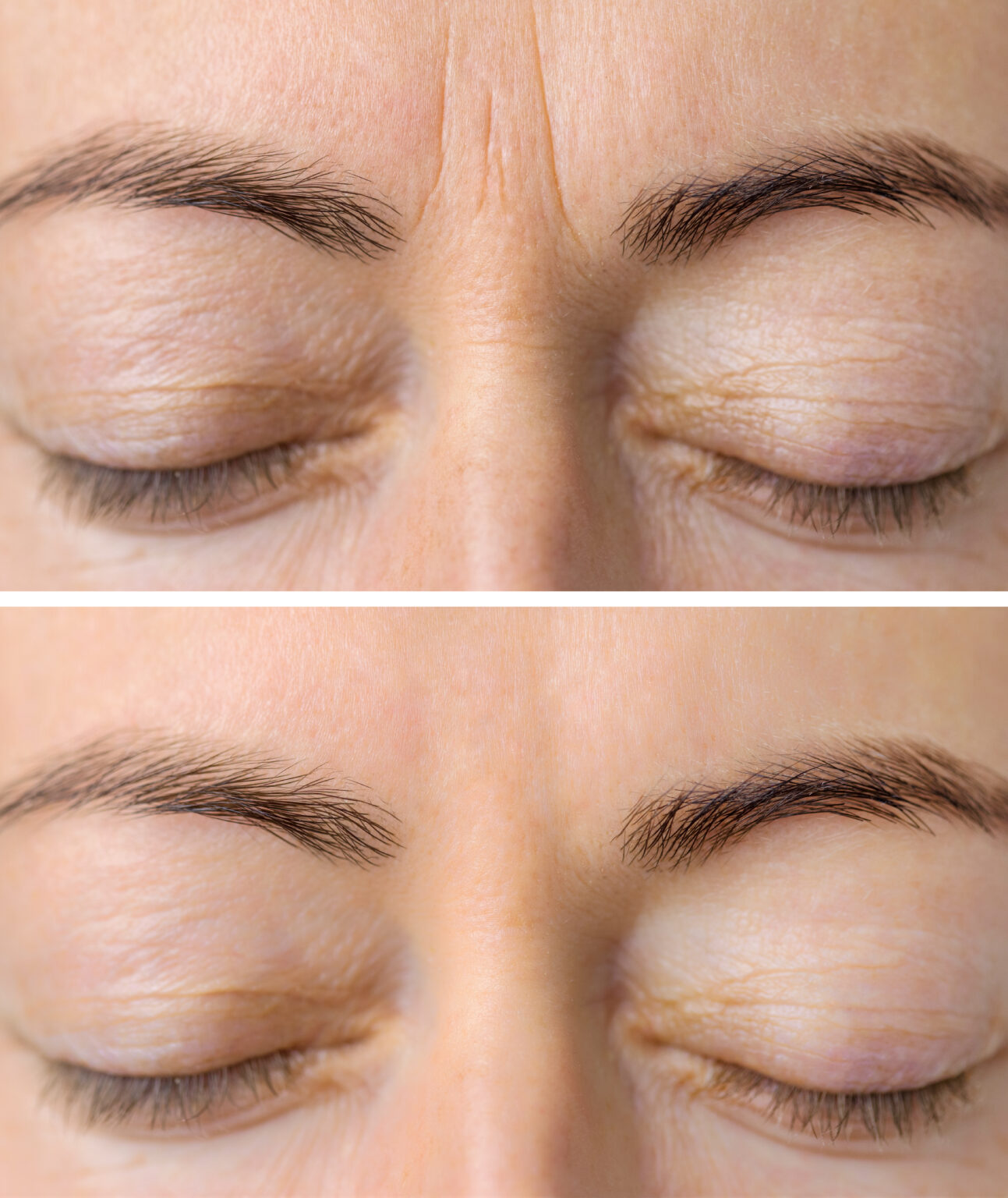BOTOX TREATMENT
Rediscover
Your Youth
Unveiling the Magic of Botox
In the pursuit of maintaining a youthful and radiant appearance, many individuals turn to various cosmetic treatments. Among the plethora of options available, Botox has emerged as a popular and highly effective solution. Botox treatment offers individuals the ability to smooth fine lines and wrinkles, the minimization of dynamic expression lines, and the ability to lift and define facial features all while offering minimal downtime and long-lasting results.

BENEFITS
- FDA-approved wrinkle treatment
- Natural-looking results
- No downtime or recovery
- Quick, in-office procedure
- Visible results within a week
- Boost in self confidence
CONDITIONS IT TREATS
- Crow’s feet
- Frown lines between brows
- Forehead wrinkles
- Gummy smile
- Lip lines
- Downward-turned mouth corners
- Vertical/Horizontal neck bands
- TMJ pain
- Downturned nose tip
- Hyperhidrosis
AREAS IT TREATS
- Forehead
- Face and neck skin smoothing
- Forehead wrinkles
- Smile Line
- Lip lines
- Corners of the Mouth and Eyes
- Reduction in oily skin
- TMJ pain
- Downturned nose tip

Mechanism
Of Action
Frequently Asked Questions
Consultation: You begin with a consultation with a qualified healthcare professional, such as a dermatologist or plastic surgeon, who will assess your needs, discuss your goals, and determine if you are a suitable candidate for Botox treatment. They will review your medical history and evaluate the areas you want to target.
- Preparing for the procedure: If you decide to proceed with the treatment, the healthcare professional will cleanse the treatment area and may apply a topical numbing cream or use ice to minimize any discomfort during the injections. However, anesthesia is generally not required for Botox injections.
- Injection administration: Using a fine needle, the healthcare professional will inject small amounts of Botox into specific muscles or points in the treatment area. The number of injections and the amount of Botox used will depend on your desired outcome and the areas being treated.
- Post-treatment care: After the injections, the healthcare professional may gently massage the treated area to ensure the even distribution of the toxin. They will provide you with specific aftercare instructions, which may include avoiding excessive touching or rubbing of the treated area, refraining from strenuous physical activity, and keeping the head elevated for a few hours following the treatment.
- Follow-up appointments: Depending on the healthcare professional’s recommendation and your individual response to treatment, you may be advised to schedule a follow-up appointment to assess the results and determine if any touch-up injections are necessary. Botox typically takes a few days to start taking effect, with the full results becoming noticeable within a week or two.
- It’s worth noting that the actual process may vary slightly depending on the healthcare professional and your specific needs. It is crucial to seek treatment from a qualified and experienced practitioner who can ensure safe administration and optimal results.

